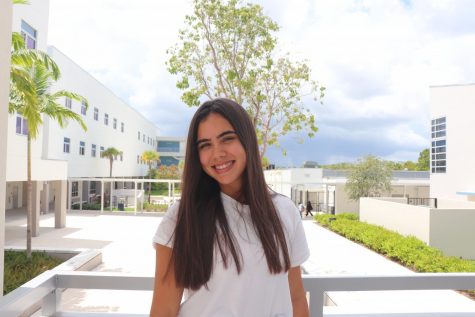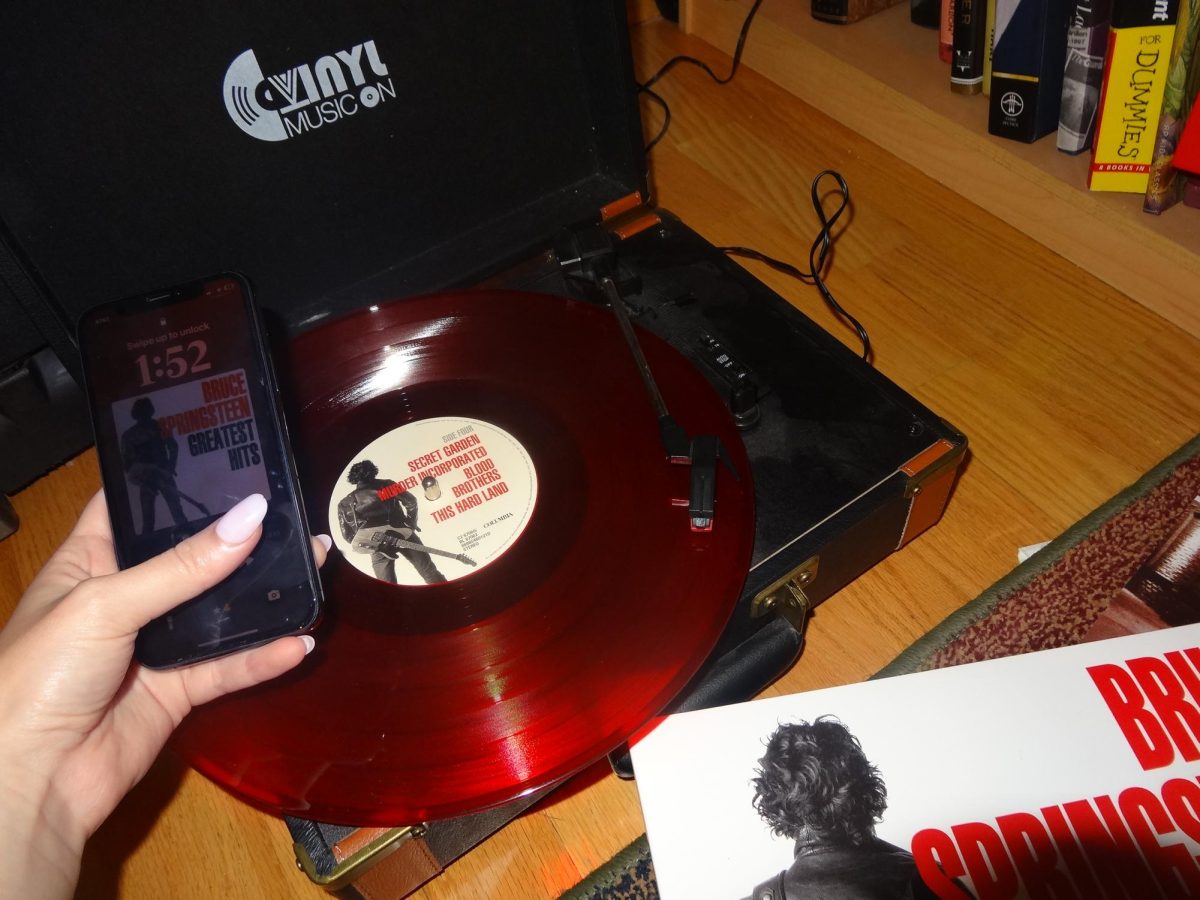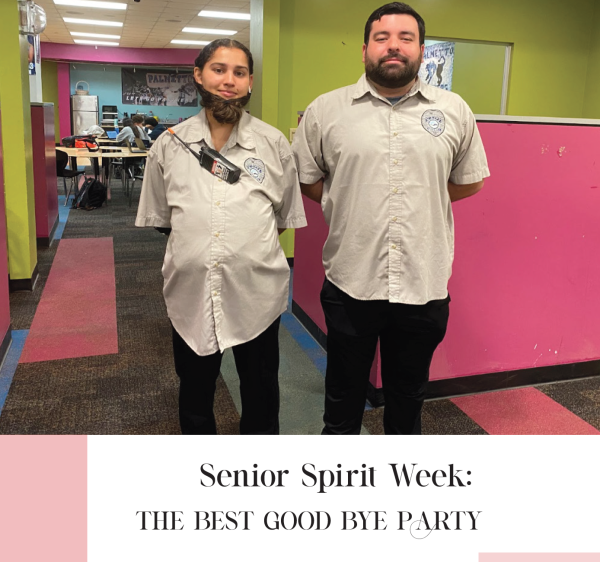PERSONAL ESSAY: Type 1 Diabetes and Family
November 20, 2020
November marks Diabetes Awareness Month. At the age of five, my older brother was diagnosed with Type 1 Diabetes, an autoimmune disorder in which the pancreas produces little to no insulin, an important hormone that allows glucose to enter cells and produce energy. The disorder can be caused by the body accidentally attacking its immune system and mistakenly destroying insulin cells in the pancreas, but it can also be genetic. Unlike Type 2 Diabetes, diet and lifestyle play no role in one’s T1D diagnosis.
According to the Juvenile Diabetes Research Foundation, about 64,000 people discover that they have diabetes each year in the United States, but only about 5% of those diagnosed have type 1. Some of my favorite celebrities, such as pop singer Nick Jonas from the Jonas Brothers, actress Mary Tyler Moore, actor Derek Theler and pro-football player Jay Cutler all suffer from this disorder.
Upon receiving my brother’s diagnosis, my family entered a clinical trial on genetics and diabetes at the University of Miami. The trial concluded that no one in my family carried the genetic marker for diabetes and my brother had simply just acquired the disorder. However, nineteen years after my brother’s diagnosis, my cousin also received a T1D diagnosis. The news of his diagnosis shocked my family. No one could understand how another person in my family had fallen victim to this disorder.
Although my brother received his diagnosis three years before I was born, I have witnessed his fight against this disorder my entire life. Some believe that living with T1D only means counting carbs, eating healthy and exercising regularly, but this belief stands far from the truth. Medical bills, sleepless nights, endocrinologist visits and so much more have plagued my parents and brother for years. Each and every day of my brother’s life consists of insulin injections, constant monitoring and fluctuation of blood sugar levels and fatigue. Even with all of these day-to-day treatments, no real cure for diabetes exists. There have been many medical breakthroughs in recent years, the most notable being the approval of the second artificial pancreas system by the Food and Drug Administration, but none have contributed to a permanent cure.
To support finding a cure for T1D, my family became supporters of the Juvenile Diabetes Research Foundation, a non-profit organization that leads the world in diabetes research.
Each year, in March, JDRF hosts a community walk in different cities around the United States to celebrate research advancements in the medical field and to support those living with T1D. As the largest T1D event in the world, this walk raises nearly one billion dollars for diabetes research every year. For their high school service projects, my siblings hosted annual garage sales to raise money for this event and diabetes research in general. Now, I do the same thing.
In spite of the cancellation of last year’s walk due to the coronavirus pandemic, my family and I could still hold our annual garage sale in February. I received countless donations from family, friends and neighbors for this annual sale. We sold items such as clothes, electronics and books to raise funds. In the end, we raised over $500, all of which we donated to JDRF.
I can never fully understand the everyday struggles of living with Type 1 Diabetes. However, I can do everything in my power to support finding a cure and support those affected by this autoimmune disorder.









